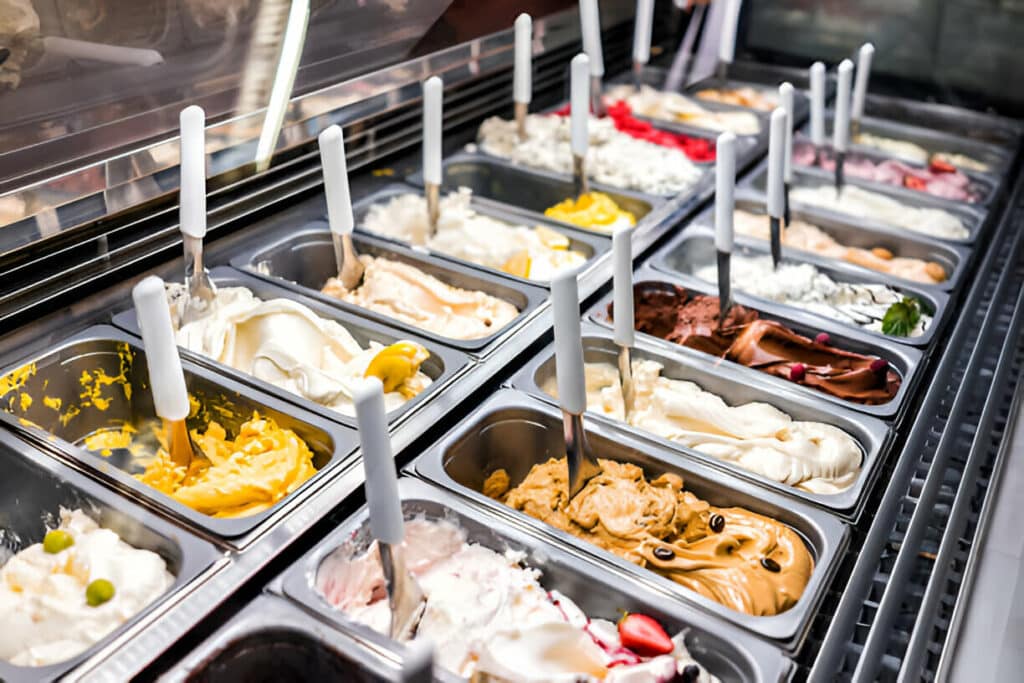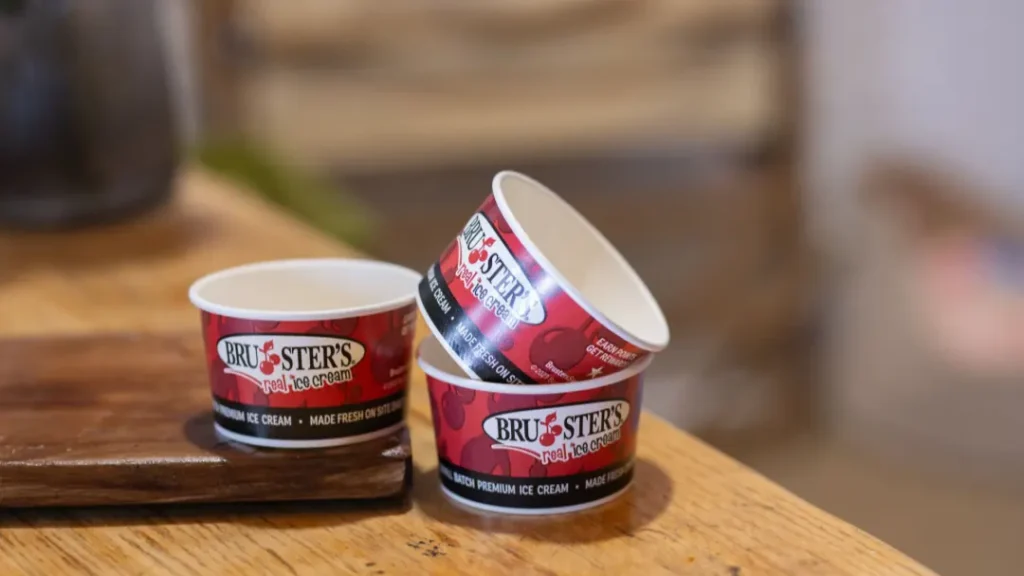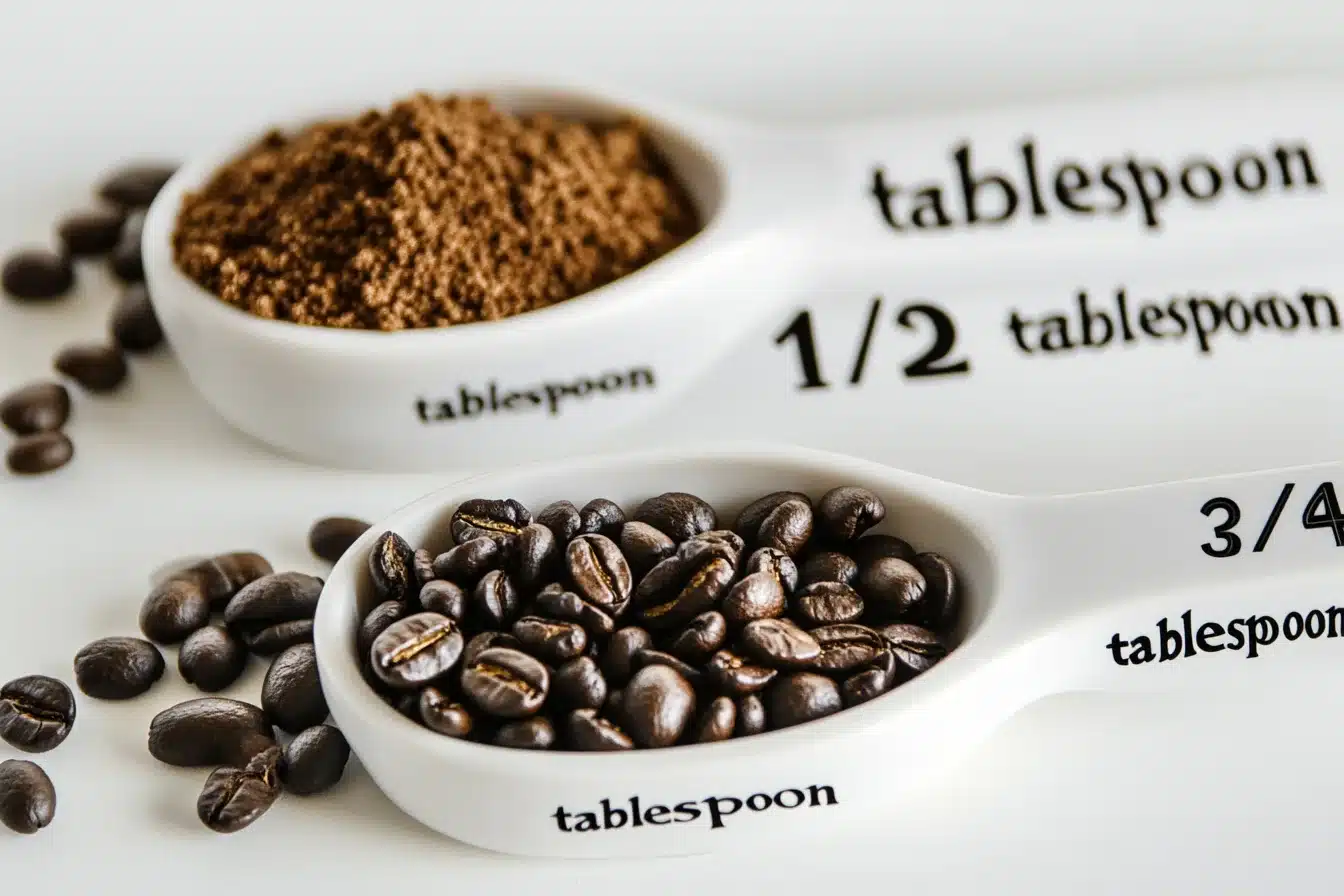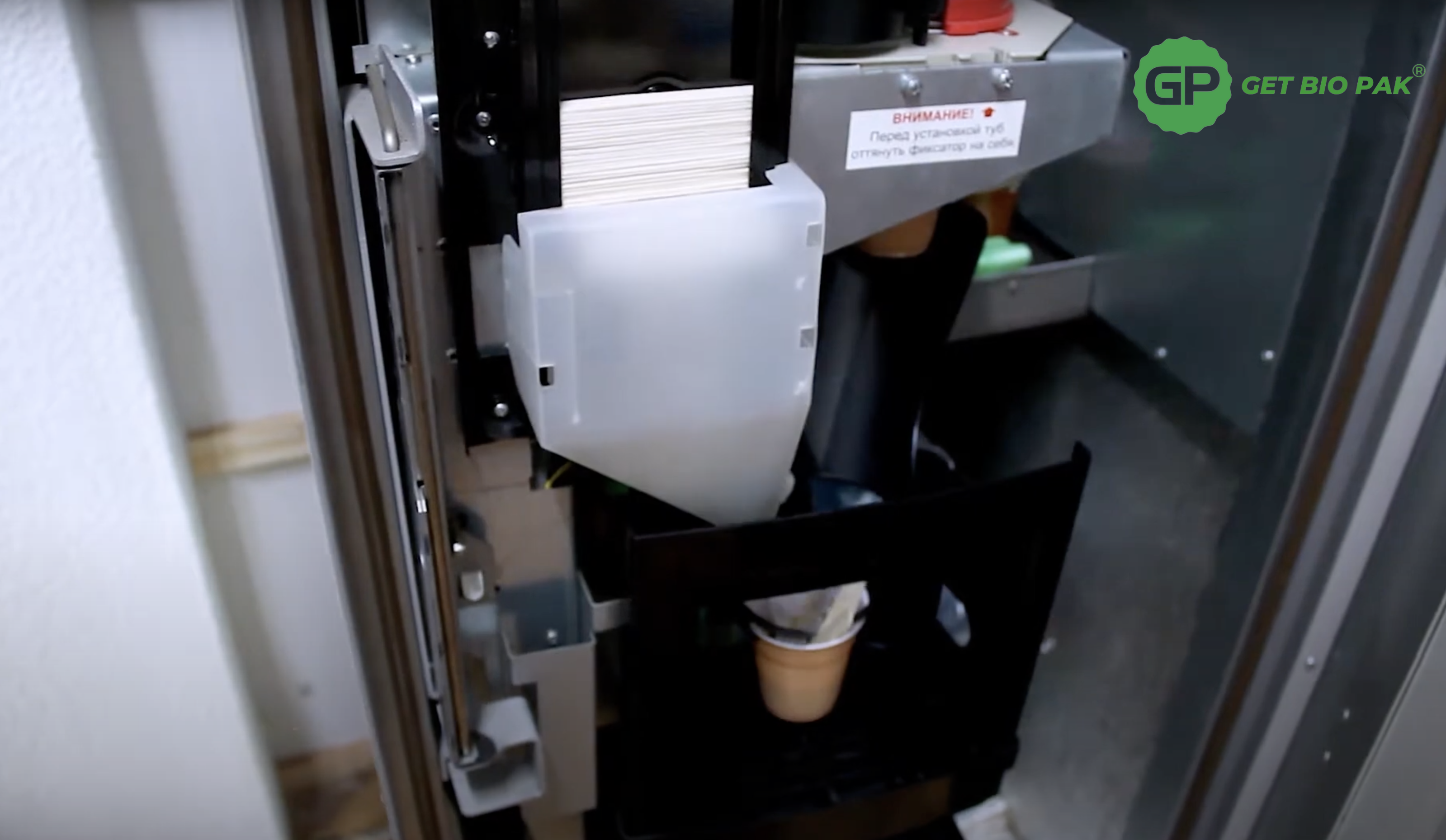Have you ever costed out two seemingly identical frozen desserts, only to discover wildly different portion yields, storage specs, and cup requirements? That disconnect can eat your margin.
Today I’ll demystify gelato versus ice cream from a manufacturer’s viewpoint, then map each characteristic to packaging, logistics, and profitability—so you can spec the right cup the first time.
Gelato differs from ice cream in fat (4–8 % vs. 10–16 %), air incorporation (15–30 % overrun vs. 50–60 %), and serving temperature (≈‑12 °C vs. ≈‑20 °C); those variables create denser texture, stronger flavor, and smaller portion size for gelato, while ice cream remains lighter, colder, and often higher in calories.
Origins & Philosophy: American Indulgence vs Italian Craft
But who invented ice cream?
Ice cream was not invented by one person; it evolved over time. Early forms appeared in ancient China and Persia, while modern ice cream developed in 17th-century Europe and became popular in America in the 18th and 19th centuries.
I like to picture their diverging paths at the turn of the twentieth century.
American dairies embraced industrial separators, whipping cream, and mechanical freezers—mass output was the goal. Italians doubled down on artisanal, low‑fat custards churned slowly in small “mantecatori.” The result? Two dessert lineages serving different dining rituals.

Cultural Eating Habits and Menu Placement
- Italy: gelato is an everyday walk‑around treat; flavor purity outranks portion size.
- USA: ice cream is an indulgence; add‑ins, waffle cones, and towering sundaes dominate.
Snapshot of Historical DNA
| Factor | Ice Cream (US) | Gelato (IT) |
|---|---|---|
| Industrialization | Early mass adoption | Family‑run “gelaterie” |
| Typical fat source | Cream ± vegetable fats | Whole milk + minimal cream |
| Portion ritual | Pint sharing, double‑scoop cones | 70–100 g cup, eaten strolling |
8 Key Differences
Gelato and ice cream differ in tools, temperature, ingredients, and texture. Gelato uses a spade, is served warmer, with less fat and air, creating a denser, smoother texture. Ice cream is scooped, colder, creamier, and often egg-based. These differences impact packaging and portioning for foodservice professionals.
1. SERVING TOOL – Spade vs. Scoop
- Gelato: Served with a flat spade; it’s pressed and sculpted.
- Ice Cream: Served with a round scoop; shaped into balls.
- Packaging impact: Gelato cups require wider openings for spreading.

2. TEMPERATURE – Flavor vs. Freeze
- Gelato: Served warmer (~-12 °C); enhances flavor clarity.
- Ice Cream: Served colder (~-20 °C); longer storage, firmer texture.
- Packaging note: Warmer gelato needs better insulation to prevent melt-through.
3. DAIRY – Milk-Dominant vs. Cream-Based
- Gelato: Mostly whole milk with little or no cream.
- Ice Cream: High cream content gives it richness and volume.
- Labeling insight: Buyers can choose based on customer preference for “lighter dairy.”
4. FAT – Light vs. Rich
- Gelato: 4–8% fat, less heavy on the palate.
- Ice Cream: 10–16% fat, often enriched with added vegetable fats.
- Packaging influence: Fat affects absorption, so grease-resistant coatings are key.
Technical Composition Comparison
| Metric | Ice Cream | Gelato | Operational Impact |
|---|---|---|---|
| Fat (%) | 10–16 | 4–8 | Determines cup grease resistance |
| Overrun (%) | 50–60 | 15–30 | Affects fill height & lid choice |
| Serve temp (°C) | ≈‑20 | ≈‑12 | Drives insulation GSM spec |
| Typical sugars (g/100 g) | 15–20 | 10–14 | Influences calorie label |
5. AIR (Overrun) – Dense vs. Fluffy
- Gelato: 15–30% overrun; denser and heavier.
- Ice Cream: 50–60% overrun; fluffier and lighter.
- Portion control: Gelato feels more filling per ml, impacting packaging size and shape.
6. EGGS – Mostly Egg-Free vs. Often Egg-Based
- Gelato: Typically egg-free or minimal use.
- Ice Cream: Frequently includes egg yolks for emulsification.
- Labeling benefit: Gelato supports egg-free/allergen-sensitive claims.
7. TEXTURE – Smooth and Dense vs. Creamy and Fluffy
- Gelato: Silky, slightly elastic, doesn’t flake apart.
- Ice Cream: Airier, richer, melts slower but less evenly.
- Cup impact: Gelato sticks to walls more, requiring stronger paper coating.

8. FLAVOR – Intense and Natural vs. Rich and Sweet
- Gelato: Natural flavors (pistachio, lemon, espresso) shine through due to low fat and warmer temp.
- Ice Cream: Richer but often muted because of higher fat and colder temp.
- Serving impact: Gelato often needs less quantity per serving because flavor is more concentrated.

Conclusion—Different Desserts, Shared Goal: Profit & Planet
When you understand fat, air, and temperature you can specify cups that protect texture, minimise waste, and elevate brand value. Gelato’s density needs sturdy, shallow cups; ice cream’s loft needs height and lid clearance. Partner with a cup maker who speaks both languages of dessert and pulp—that’s me.
From Cup to Experience—How Get Bio Pak Co., Ltd Has You Covered
As a manufacturer, I combine dessert physics with board science. Our paper ice cream cups come in 3 oz–16 oz, flexo‑printed in food‑safe water‑based inks, sealed with either PE or PLA.

We audit raw fibre at source; see our quality and service pages for GMP flow charts and 15‑day mold‑to‑dock lead times. Sustainability is core—explore our sustainability commitments or benchmark us against the top 6 paper cup companies in China. For a plant tour view about us and drop specs via contact; my engineering team answers within 12 hours.
🙋♂️FAQ Section
Q1: Can I use the same cup for both gelato and ice cream?
No. Due to differences in temperature, texture, and melt behavior, gelato requires a shallower, wider, thicker cup. Ice cream may need taller cups and tighter sealing lids.
Q2: Is gelato more eco-friendly than ice cream?
Not necessarily. But since it uses less fat and air, portion sizes are smaller, which allows for reduced material usage in packaging—especially when paired with our eco-friendly cups.
Q3: Does the serving tool matter for packaging?
Yes. Spades require more open surface access to the product, so gelato packaging usually has a wider mouth. Ice cream is shaped and portioned with scoops, allowing for narrower containers.
Q4: How can I choose the right paper cup for my frozen dessert line?
Contact us directly through our contact page or learn more about us. We offer full consultation based on your product formula, volume, and market needs.
Q5: Why does gelato need different cups than ice cream?
A: Gelato is denser and melts faster, so it requires wide-mouthed cups with stronger grease-resistant lining. Ice cream’s higher overrun and colder storage need taller cups with dome lids and good insulation to prevent freezer burn.
Q6: What are the main differences between gelato and ice cream?
A: Gelato contains less fat, less air, is served warmer, and is denser than ice cream. It uses a spade to serve, rarely contains eggs, and offers stronger, more natural flavor. Ice cream is creamier, colder, fluffier, and often made with eggs.
Q7. What GSM board suits gelato cups?
We recommend 185 gsm single wall or 250 gsm double wall with PLA lining; the higher ply resists hand heat and dense product weight without oil seepage.
Q8. Can I run the same filling line for gelato and ice cream?
Yes, provided the pistons handle variable overrun volumes and you switch temperature set‑points; calibration per SKU avoids under‑ or over‑fill.
Q9. How many cups per kilogram of mix?
For 30 % overrun gelato you yield ≈ 11 × 90 g cups; at 60 % overrun ice cream you reach ≈ 16 cups—factor this into portion pricing.
Q10. Do compostable coatings survive deep‑freeze?
PLA and aqueous barriers remain stable to ‑25 °C; just avoid rapid thermal cycling that may cause micro‑cracks.






